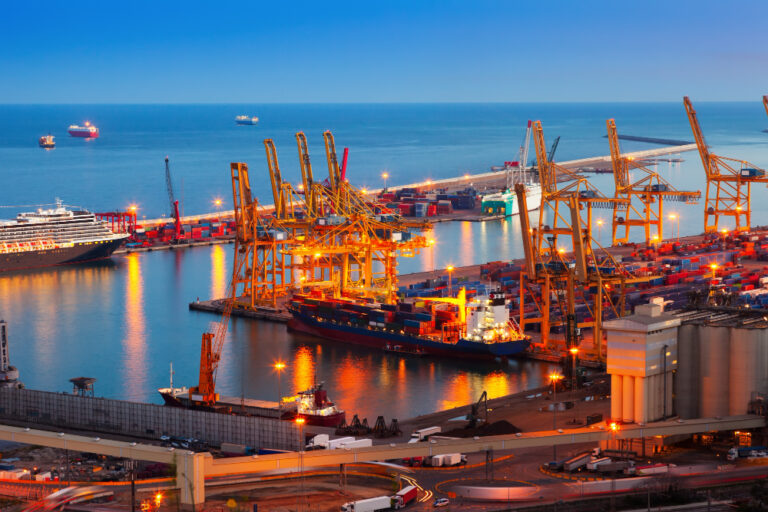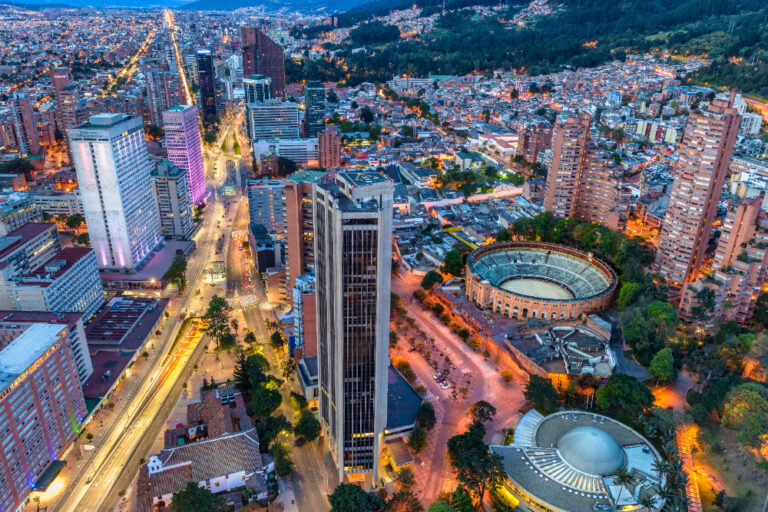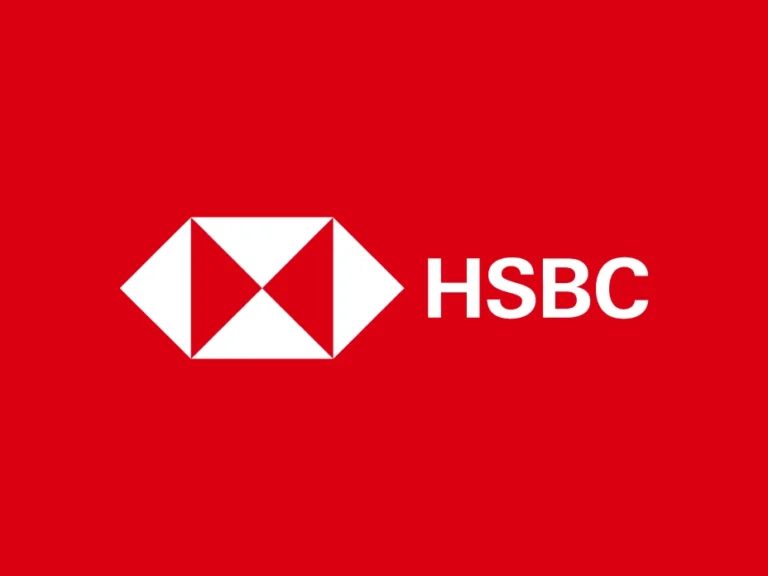
São Paulo, Brazil—March 27, 2025—Rising corn prices in Brazil are stoking inflation fears, undercutting a recent dip in rice costs and piling pressure on President Luiz Inácio Lula da Silva as he battles public frustration over soaring food bills. The trend, flagged by Reuters Wednesday, threatens to unravel Lula’s efforts to stabilize living costs—a cornerstone of his pledge to rebuild support after taking office in 2023. With corn a staple in everything from animal feed to ethanol, its climb reverberates across the economy, exposing cracks in Brazil’s recovery narrative.
Corn prices hit 86 reais ($15) per 60-kilogram sack in São Paulo’s wholesale markets this week, up 20% from January, per the Center for Advanced Studies on Applied Economics (Cepea). Analysts tie the surge to a dry spell in key growing regions like Mato Grosso and Paraná, slashing second-crop yields after February’s harvest. Brazil, the world’s second-largest corn exporter, saw production drop to 118 million tons in the 2024-25 season from 130 million the prior year, per the National Supply Company (Conab). Exports—60% to Asia—tighten domestic supply further.
Meanwhile, rice prices fell 10% since December, hitting 100 reais per 50-kilogram sack, thanks to a bumper harvest and imports from Thailand, per Bloomberg. Lula hailed the drop Tuesday as a win for consumers, but corn’s rise overshadows it. Inflation, already at 4.87% in November 2024, could climb past 5% by June if corn keeps trending up, per XP Investimentos forecasts—well above the central bank’s 3% target.
A Staple’s Ripple Effect
Corn’s reach amplifies its impact. Poultry and pork producers, who use it for 70% of feed costs, face margins squeezed by 15-20%, per the Brazilian Animal Protein Association (ABPA). Chicken prices at São Paulo’s Carrefour jumped 8% this month to 12 reais ($2.10) per kilogram, per X posts from shoppers. Ethanol, a biofuel blended into gasoline, sees production costs rise too—Brazil’s 35 billion-liter output leans on corn for 10% of supply, per the National Corn Ethanol Union (Unem). Gas station prices ticked up 3% since February, hitting 6 reais per liter, per ANP data.
Consumers feel the pinch. “Rice is cheaper, but meat and fuel aren’t,” said Maria Silva, a São Paulo cashier, shopping Wednesday at Mercado Municipal. Posts on X echo her gripe, with one user quipping, “Lula fixes rice, corn breaks everything else.” Food inflation, a driver of unrest during Bolsonaro’s tenure, risks reigniting discontent—Lula’s approval sits at 45%, per Datafolha, down from 52% last year.
Lula’s Balancing Act
Lula’s administration leans on imports and subsidies to tame prices, but corn poses a tougher fix. Agriculture Minister Carlos Fávaro ruled out large-scale corn imports Wednesday, telling Reuters Brazil’s “self-sufficiency” remains intact despite the shortfall. Instead, the government boosts rice shipments—1 million tons arrived from Asia since January—and extends payroll credit to spur spending, per Bloomberg. Critics call it patchwork. “Corn’s a systemic issue—imports are the only short-term lever,” said Mauricio Nakahodo of MUFG Bank.
The central bank, hiking rates to 14.25% this month, counters Lula’s push for growth. Tuesday’s minutes signal a smaller May increase, per Reuters, but corn-driven inflation could force a sharper move. “Fiscal stimulus clashes with tight policy,” said XP’s Rodolfo Margato, noting a weaker real—5.9 to the dollar Wednesday—lifts import costs. Trump’s U.S. tariffs, including 25% on steel announced Tuesday per The New York Times, add global uncertainty, potentially hiking machinery prices for farmers.
Beyond the Farm
Corn’s climb hits Brazil’s export edge too. The U.S., facing its own supply crunch, buys less—Brazil shipped 2 million tons there in 2024, down from 3 million, per Conab. China, absorbing 20 million tons yearly, could turn to Argentina if Brazil’s prices stay high. Ethanol exports, a $2 billion market, wobble as costs rise, per Unem. “We’re losing ground,” said Glauber Silveira of the Brazilian Corn Growers Association (Abramilho).
Lula, speaking Tuesday in Brasília, vowed to “keep food on the table,” touting rice relief. But corn’s shadow looms larger. Inflation forecasts for Q3 2025 creep to 4.2%, per the central bank’s survey, testing his narrative. Shoppers like Silva see little respite—chicken, eggs, and gas keep climbing. For now, Brazil’s inflation fight hinges on weather, policy, and a grain that’s proving harder to tame than rice.





